Introduction
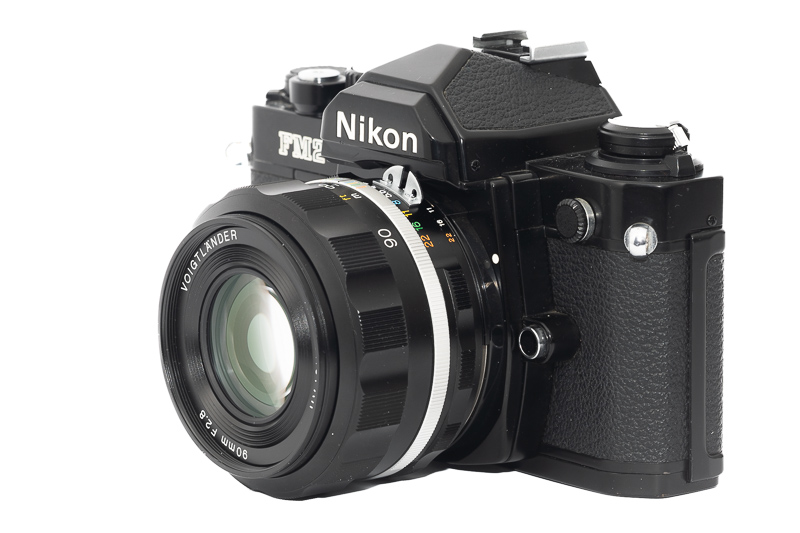
Everyone talks about the size advantage of mirrorless cameras these days, but actually this is mainly limited to wide angle to normal lenses while there is hardly one when it comes to tele lenses. This Voigtländer 90mm 2.8 SL IIs Apo-Skopar is a good example for that, as it is really compact for a 90mm lens. But is it also a good perfomer? Let’s find out in this review.
Sample Images
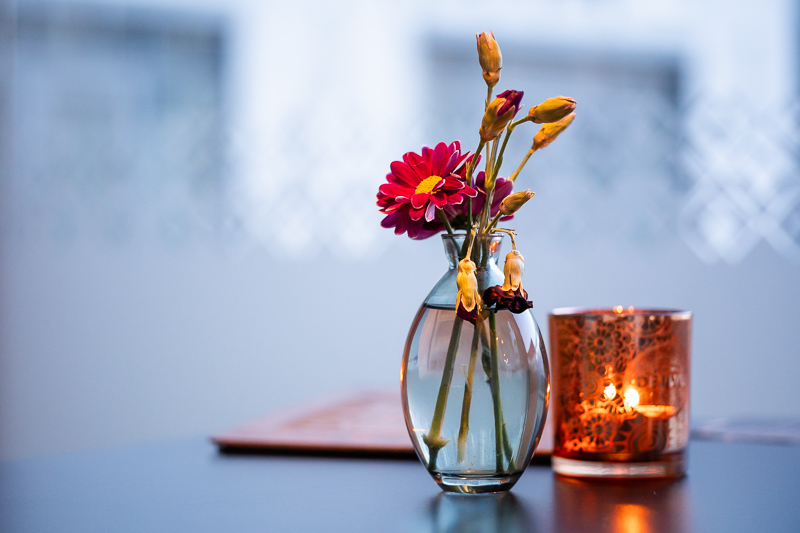
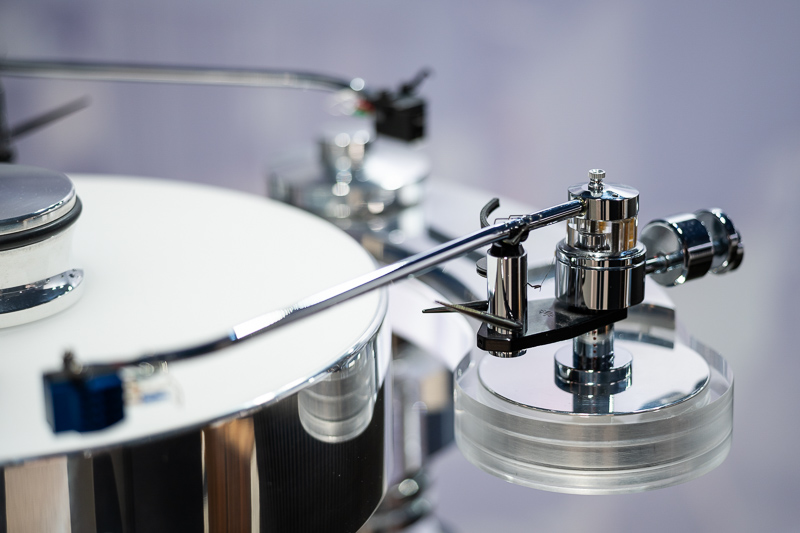
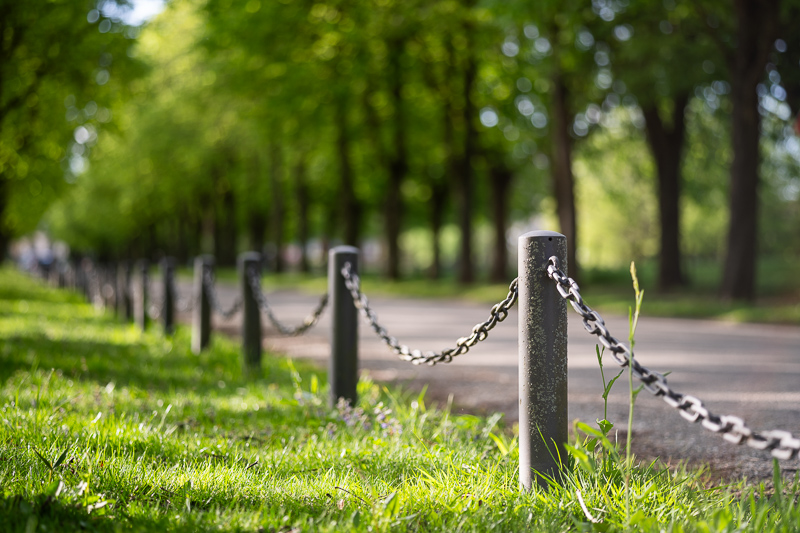
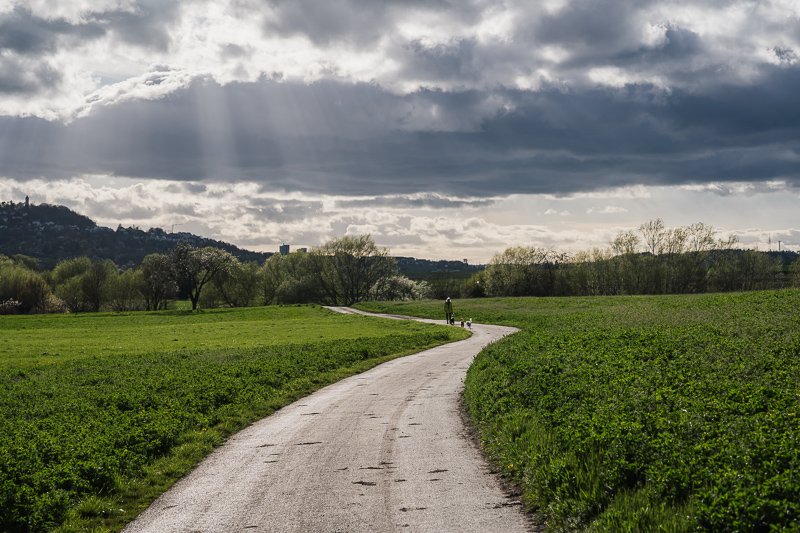
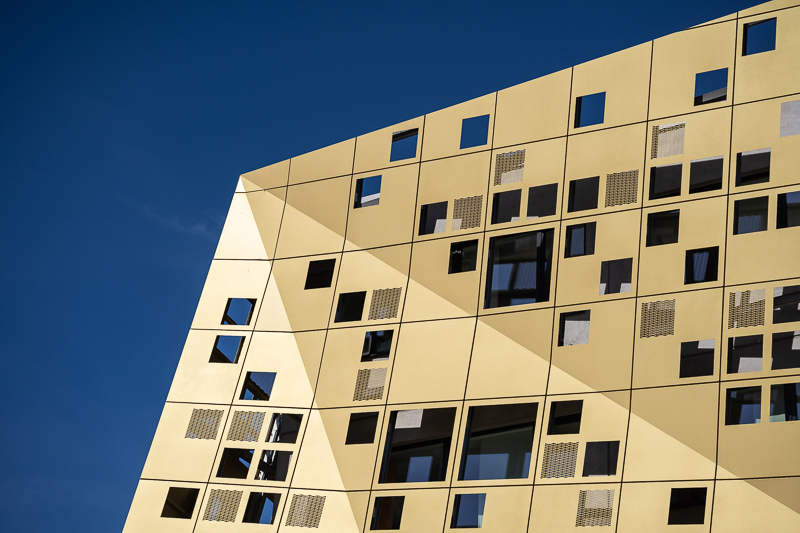
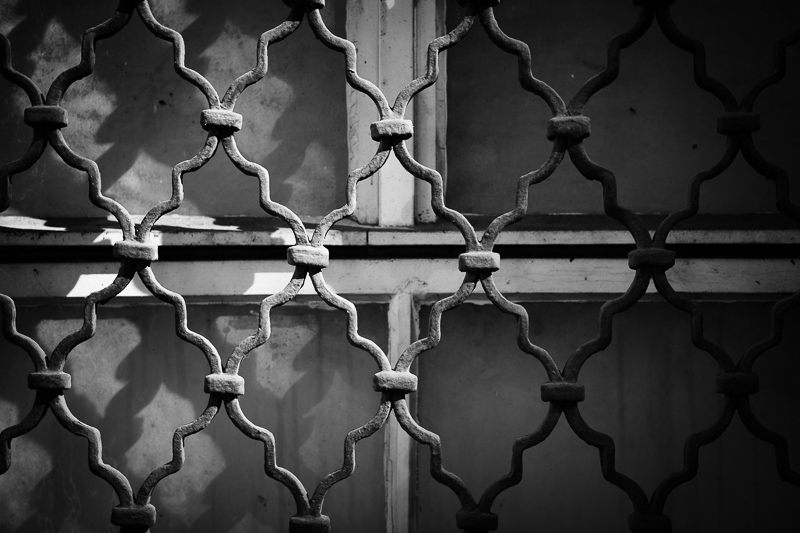
Most of the sample images in this review can be found in full resolution here.
Contents
Specifications / Version History
The Voigtländer VM 28mm 2.8 Color-Skopar for M-mount and the Voigtländer 28mm 2.8 SL II-s Color-Skopar are completely different lenses. The VM 90mm 2.8 Apo-Skopar for M-mount and this 90mm 2.8 SL IIs Apo-Skopar for F-mount feature the same optical design and also the same minimum focus distance though.
The mechanical design, the filter diameter, the lens hood and most importantly the aperture construction are different though. While this SL IIs version features 9 rounded aperture blades the M-mount version features 10 straight ones.
The full specifications of this SL IIs F-mount version are:
- Diameter: 66 mm
- Length: 41 mm
- Weight: 256g (measured)
- Field of view: 27.5° (diagonally)
- Filter Diameter: 52 mm
- Number of Aperture Blades: 9 (rounded)
- Elements/Groups: 7/7
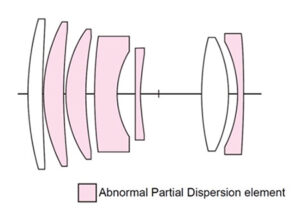
- Close Focusing Distance: 0.9 m
- Maximum Magnification: 1:8.0 (measured)
- Mount: Nikon F, Leica M
buy from Amazon.com | B&H | ebay.com | ebay.de (affiliate links) for $579 (F-mount) to $749 (M-mount) or find your local Voigtländer distributor
Handling / Build Quality
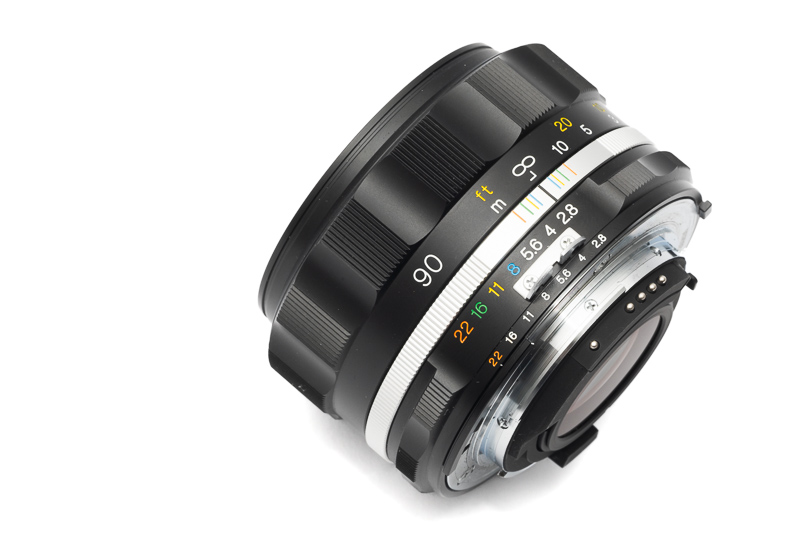
The design of the Voigtländer SL lenses has undergone several changes over the years. In 2017 Cosina updated the design of the whole line up and it closely resembles that of old Nikon lenses now. They have a sprocket on the aperture ring, colorful markings and all but the 55mm 1.2 also feature a silver ring with DoF markings.
The casing feels like it is an all metal design, all the writings are engraved and filled with paint.
The focus ring has a nice and even but slightly soft resistance. It has a long focus throw as it takes 180° from the minimum focus distance of 0.9 m to infinity and it turns “the Nikon way”.
The aperture ring is pretty much the same as on Nikon’s lenses as well: equidistantly spaced full-stop click stops and located close to the camera body.
Cosina sells a screw-in hood for this lens which is called LH-90IIs. I did not buy one, so I cannot tell you anything about it.

In terms of size this Voigtländer 90mm 2.8 SL IIs Nokton sits inbetween the 28mm 2.8 and the 58mm 1.4. Like most of the old Nikon manual focus lenses all the Voigtländer SL IIs lenses feature the typical 52 mm filter thread size.
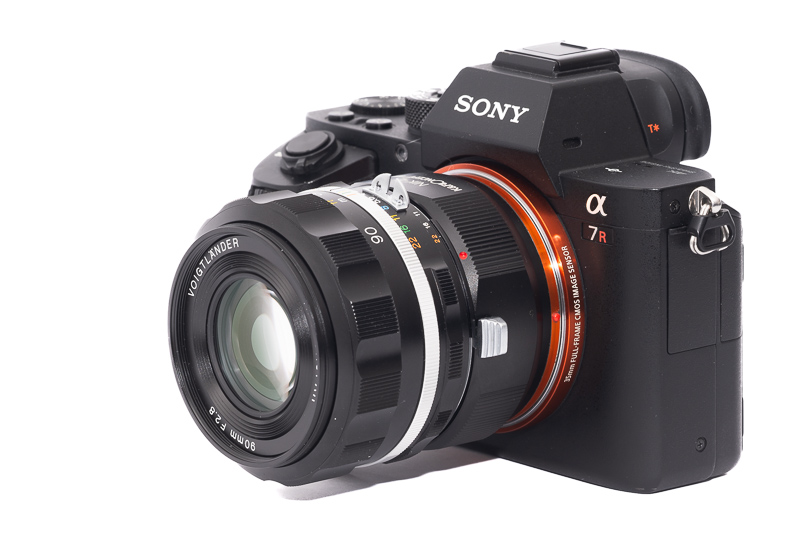
The lens does feature electronic contacts to communicate with the modern Nikon cameras.
Vignetting
Light falloff
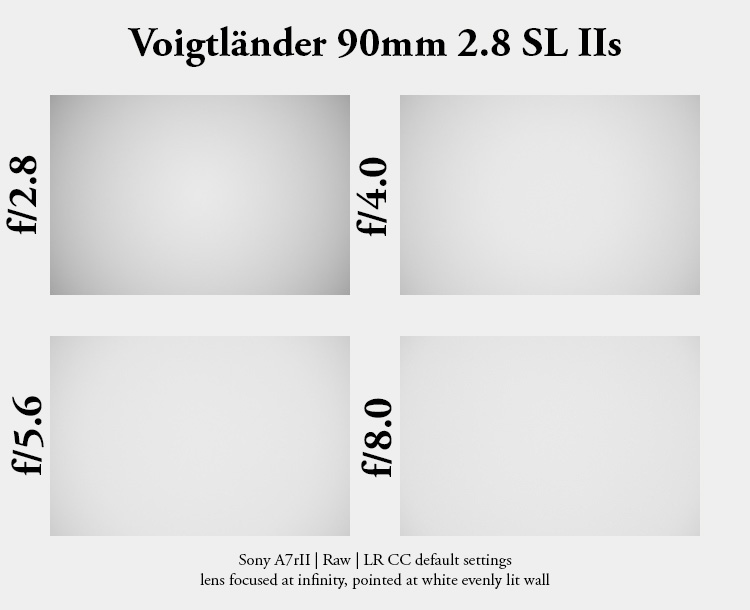
| f/2.8 | 1.7 EV |
| f/4.0 | 1.1 EV |
| f/5.6 | 0.8 EV |
| f/8.0 | 0.6 EV |
| f/11 to f/22 | 0.4 EV |
For a moderately fast tele lens this Voigtländer 90mm 2.8 SL IIs shows very typical vignetting figures.
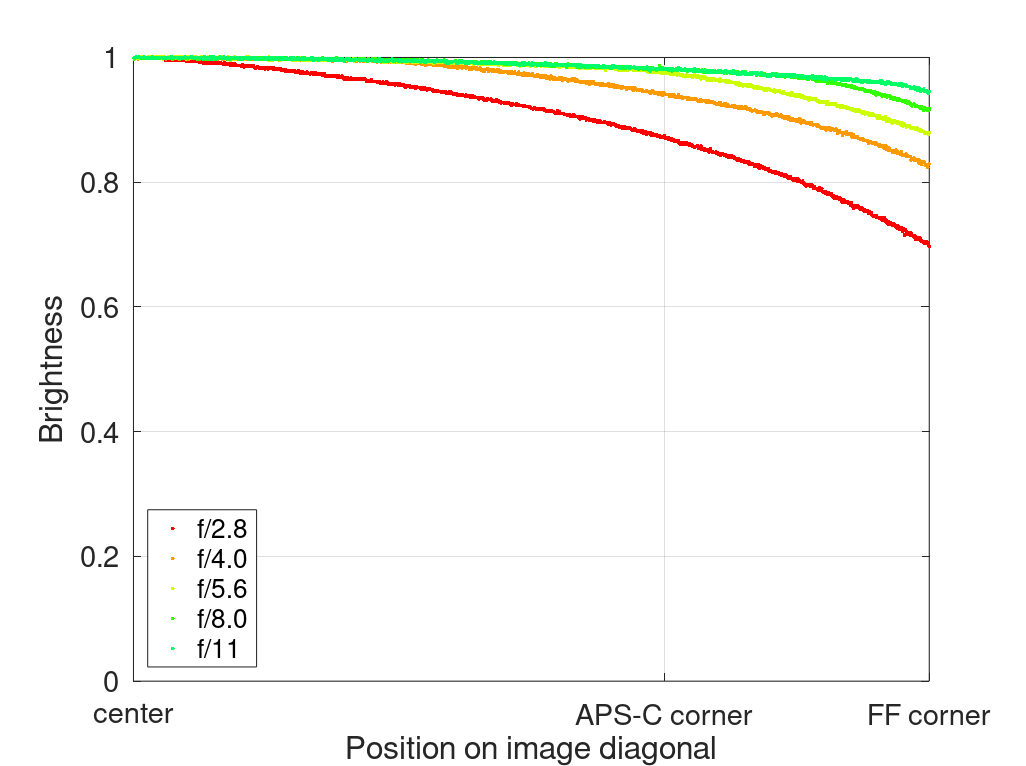
It is recommended to have a look at this article first to get an idea how this brightness graph works.
Optical vignetting
Fast lenses usually show a noticeable amount of optical vignetting, especially so the compact ones. Without going too much into technical details optical vignetting leads to the truncation of light circles towards the borders of the frame.
In the center of the frame almost every lens will render a perfect circle, but only lenses with very low optical vignetting will keep this shape in the corners.
So in the following comparison we move from the center (left) to the extreme corner (right) and see how the shape of the light circle changes.
The Voigtländer 90mm 2.8 shows a very typical performance in this category. This F-mount version keeps the highlights nicely round on stopping down thanks to 9 rounded aperture blades, the M-mount version will create 10-sided-figures instead.
Sharpness
Focus shift
50% crops, Sony A7rII
This Voigtländer 90mm 2.8 SL IIs does not show any focus shift.
Infinity (42mp Sony A7rII)
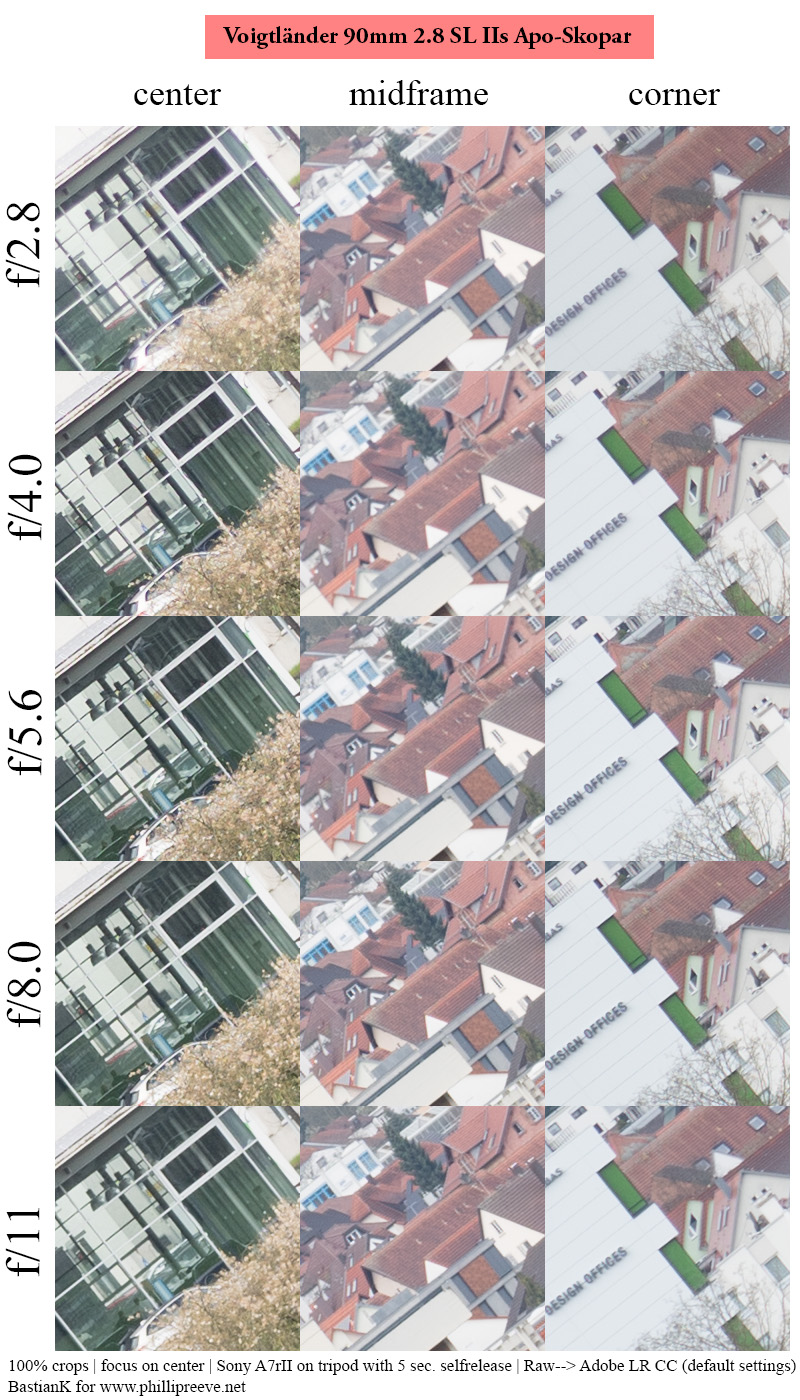

There are some slight color aberrations visible at f/2.8, but generally the performance is good from f/2.8 and I wouldn’t mind using that aperture for infinity shooting if stopping down wasn’t possible.
The corners are a bit softer at f/2.8 and f/4.0, so peak across frame sharpness is reached at f/5.6 to f/8.0.
For such a compact lens I think this is a very good performance.
Portrait 2.3 m (42mp Sony A7rII)
For portraiture it isn’t so important how flat the field is, it is more interesting to see what the sharpness is like when focused at different parts of the frame to take field curvature out of the equation.
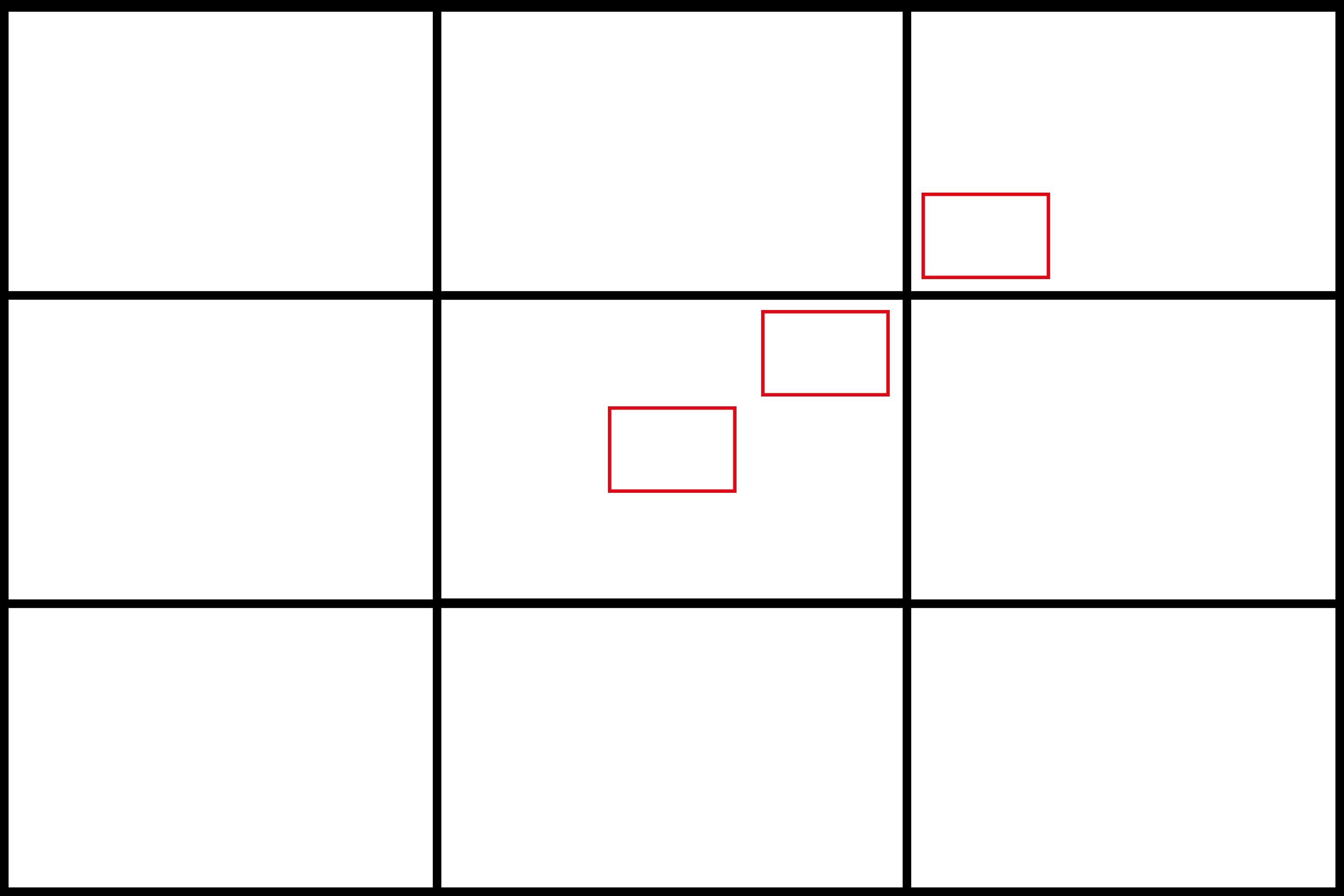
We will be looking at 100% crops from the 42mp Sony A7rII.
f/2.8 <—> f/4.0
Now this seems to be the shooting distance this lens has been optimized for, as we see Moiré all over the frame from f/2.8, meaning the lens outresolves the 42mp sensor. A remarkable performance for such a small lens.
Close 0.9 m, 1:8.0 (42mp Sony A7rII)
A maximum magnification of 1:8.0 is decent for a short portrait tele.
While this Voigtländer 90mm 2.8 is full of special glass elements, it is still a simple unit focus design and those can not be optimized for every shooting distance. Therefore it is definitely a bit softer at the maximum aperture. Not something to worry about, but stopping down by one stop can be advisable at this distance if you are looking for really crisp shots.
Flare resistance
Many modern Voigtländer lenses fare really well in this category, yet tele lenses usually don’t, so I didn’t know what to expect here.
The performance is actually very typical for a short tele lens: no issues with ghosts, but definitely some issues with veilig flare.
This is more of an issue with the sun outside the frame, but it can still be an issue with the sun inside the frame.

For the M-mount version a rather long hood is available that could actually help with the sun outside the frame. The hood for the F-mount version is so small, I have severe doubts that it would actually help.
Coma
100% crops from extreme corner, focused on center, Sony A7rII
Cosina’s recent Apo-Lanthar lenses are very well corrected for pretty much every aberration. Now this 90mm 2.8 is part of the Apo-Skopar series and I didn’t really know what this designation should tell us about its optical performance by comparison.
When it comes to Coma I cannot call the amount at f/2.8 high, but stopping down by one stop does reduce the amount of it noticeably. A good but not a great performance.
Distortion
This Voigtländer 90mm 2.8 shows minor pincushion distortion. It is hardly field relevant to begin with, but can be easily corrected by dialing in -2 in Lightroom/Photoshop.
Bokeh
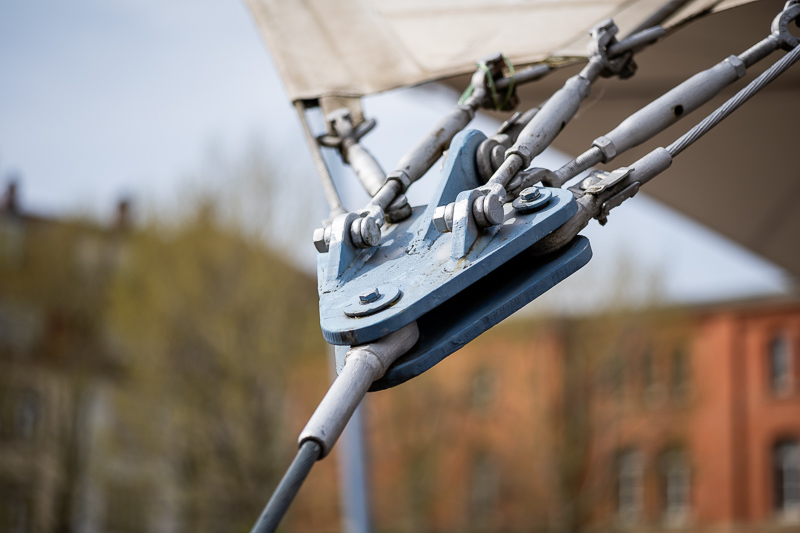
A maximum aperture of f/2.8 can be considered moderately fast for a 90mm lens and a minimum focus distance of 0.9 m also doesn’t allow for staggering close ups. So if shallow depth of field is what you are after, this will not be your lens.
But when it comes to bokeh, there is quantity and quality and we will still have a look at its quality here.
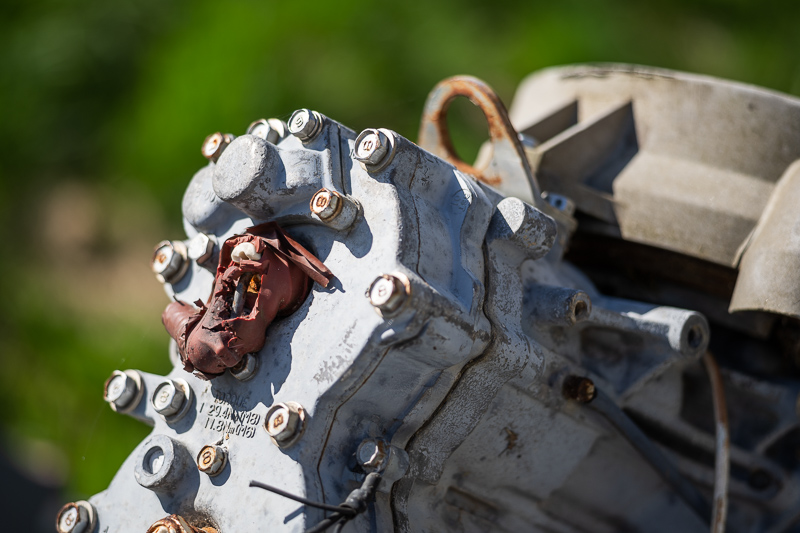

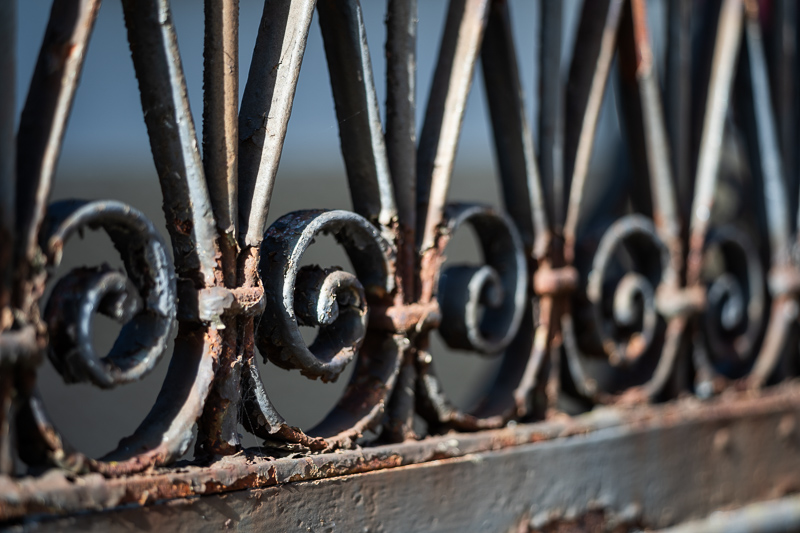
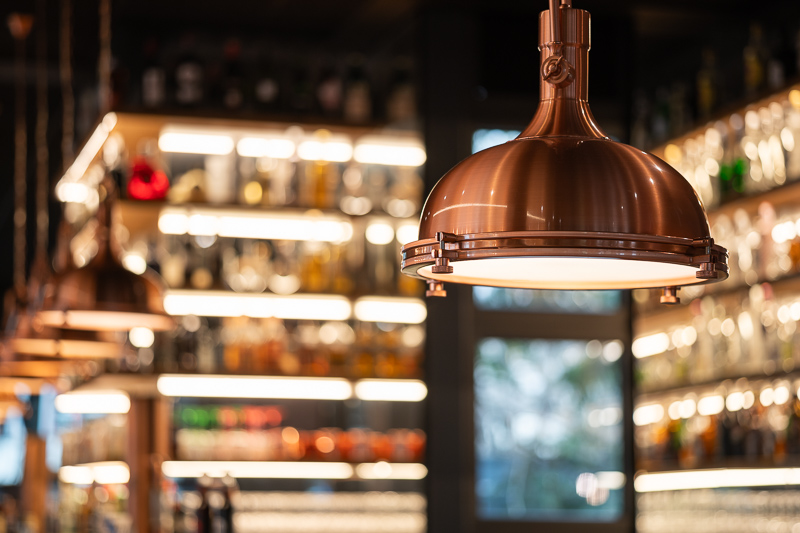
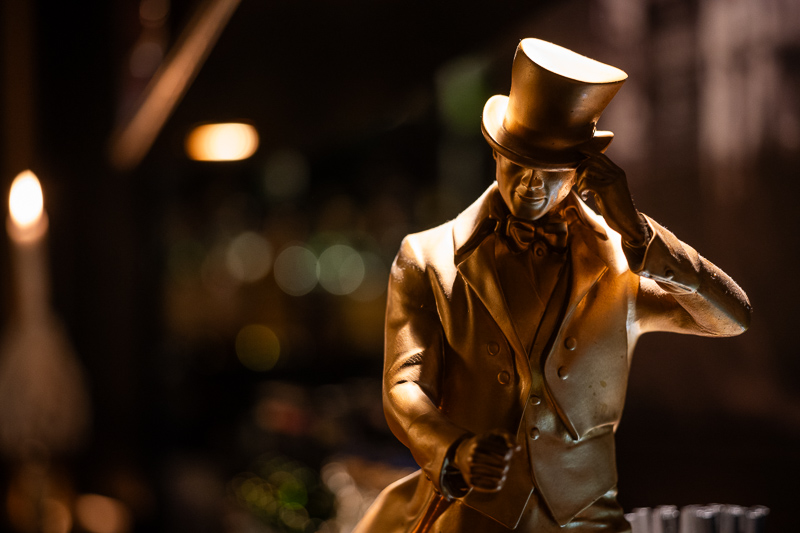
At closer distances the Voigtländer 90mm 2.8 creates pleasing, undistracting out of focus areas. It reminds me a bit of the Zeiss Loxia 85mm 2.4 here, which has a similar entrance pupil size. This Voigtländer has noticeably less issues with cat’s eye shaped defocused light points though.
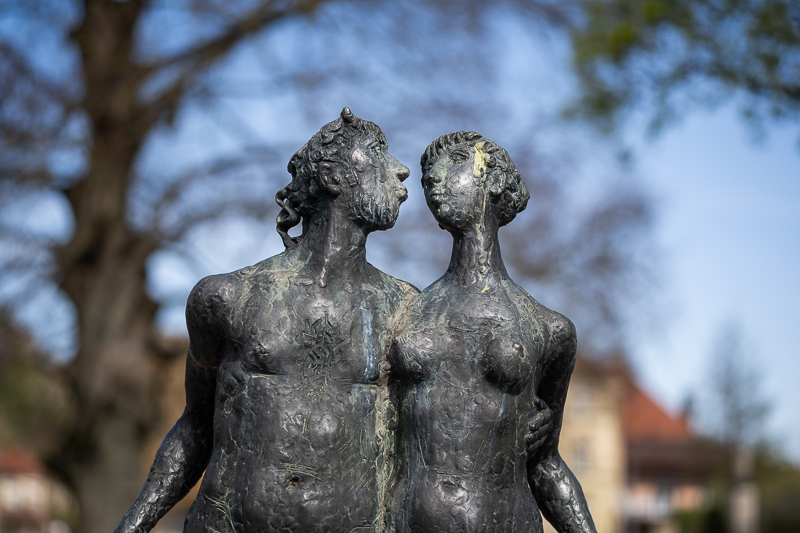
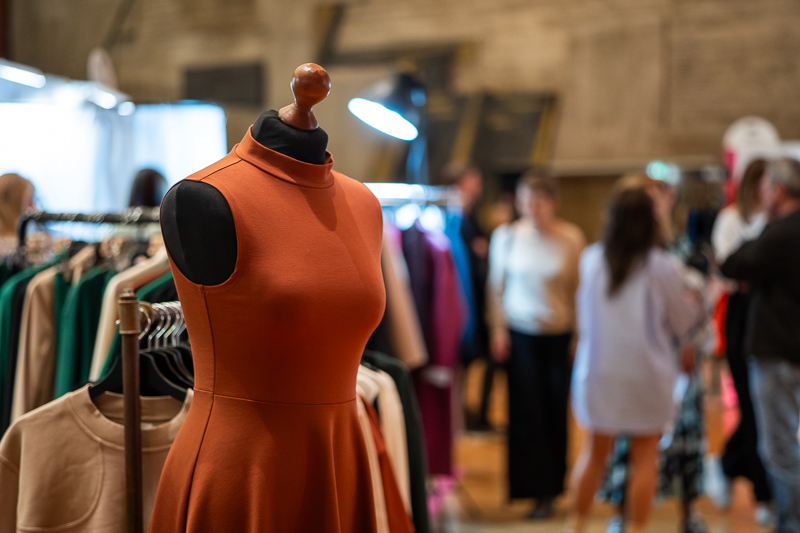
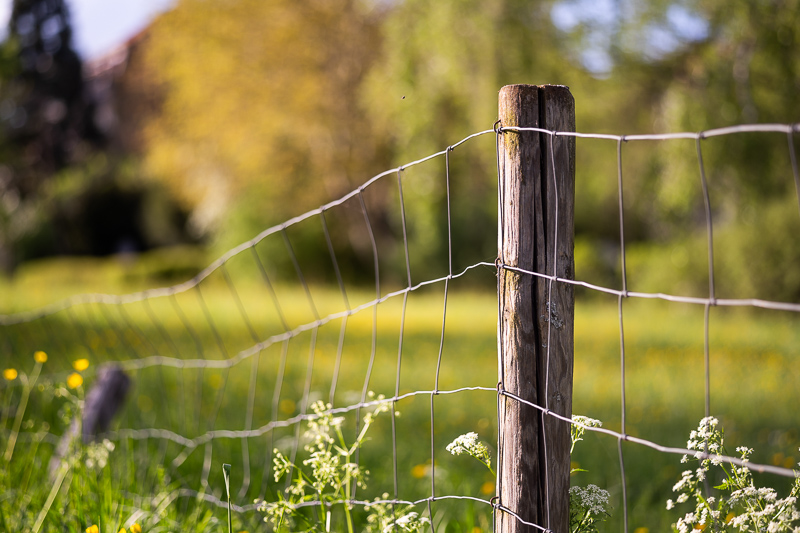
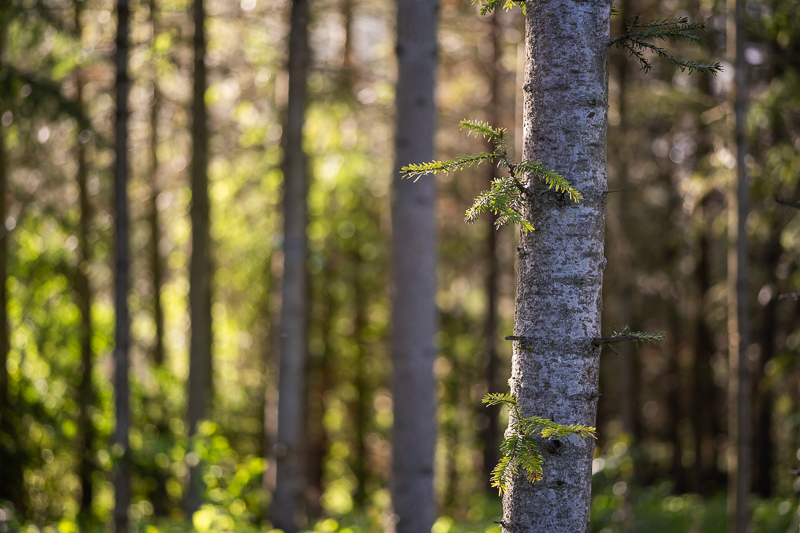
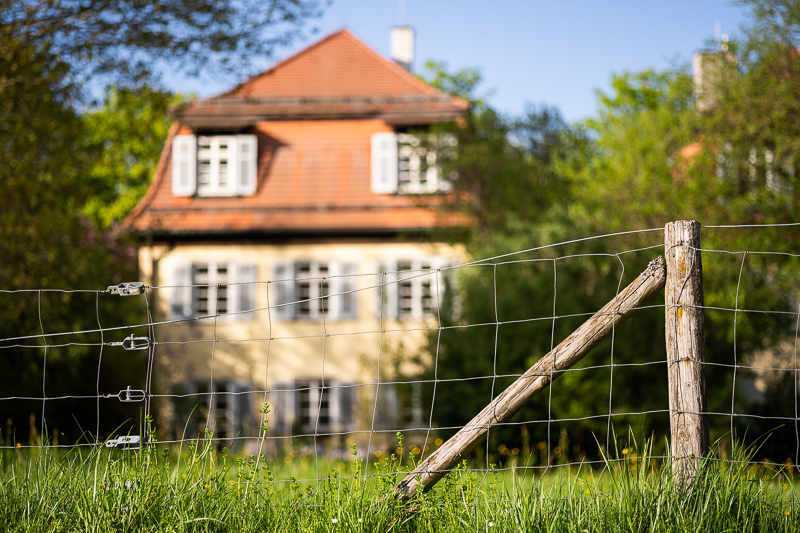
At longer focus distances the maximum aperture of f/2.8 becomes more of a limiting factor, as it gets harder to isolate your subject from the background here.
A solid performance in this category.
Sunstars
For most of their lenses Cosina is using either 10 or 12 straight aperture blades leading to distinct sunstars – even when the lens is only slightly stopped down.
For all their current SL lenses for F-mount they decided to go for 9 rounded aperture blades though. As I have already shown you before this is good news for the bokeh when the lens is slightly stopped down, but it also leads to less distinct suntars. From f/8.0 to f/16 they still look decent, but the M-mount version of this lens with its 10 straight blades would create more distinct sunstars, similar to those of e.g. the Voigtländer VM 75mm 1.5 Nokton.
If you want to know more about the sunstar rendering of different lenses have a look at this article.
Chromatic aberration
Lateral
100% crops from corner, Sony A7rII
Only minor lateral CA are visible. Easy to correct in post with just one click, e.g. in Lightroom.
Longitudinal
When a modern lens carries an Apo tag I expect a perfect correction of all color aberrations. Purple fringing is indeed corrected perfectly, but minor bokeh fringing can be visible. This was already the case for the Voigtländer 35mm 2.0 Apo-Lanthar E.
Compared to most lenses the correction can still be considered very good and not really field relevant, but if you look close enough you will be able to spot some outlining in high contrast scenes.
Conclusion
good
|
average
|
not good |
For those people that are still using manual focus F-mount SLR cameras this is a pretty cool and unexpected lens. It is surprisingly small and together with the 28mm 2.8 SL IIs and either the 40mm 2.0 or the 58mm 1.4/55mm 1.2 it makes for a versatile and compact three lens setup with shared ergonomics.
Optically this is also a fine lens and there isn’t really anything worth complaining about. Which rarely happens. Nice lens overall, enough said.
buy from Amazon.com | B&H | ebay.com | ebay.de (affiliate links) for $579 (F-mount) to $749 (M-mount) or find your local Voigtländer distributor
Alternatives
F-mount
I don’t think there has ever been another compact 90mm 2.8 F-mount lens, but plenty of 85mm 1.8 to 2.0 lenses, 90mm 2.8 macro lenses, the famous 105mm 2.5 and plenty of tele zooms offering f/2.8 at the 90mm setting. Back in the day Cosina also made a Voigtländer 90mm 3.5 for F-mount, which from all I have seen performs quite a bit worse. The stand-out features of this Voigtländer 90mm 2.8 SL IIs are its compact size and its modern optics, which clearly put it above the old manual focus lenses in terms of optical performance. However, if you don’t really value its compact size you may be happier with a faster AF lens or a macro lens or even one of the more affordable 70-200mm 2.8 lenses for roughly the same price.
M-mount
In the M-mount world 90mm lenses are more popular. The most popular one is probably Leica’s own 90mm 2.8, but there are also several different f/2.0 versions (e.g. the Summicron 90mm 2.0 pre-Asph) and also a slower f/4.0 (also as Minolta 90mm 4.0 M-Rokkor) available. There are no real duds among these, they are all capable lenses, so choose according to your budget and maximum aperture preferences. This Voigtländer is one of the more compact and lightweight alternatives and generally well corrected, but also a bit on the pricier side (compared to a used Leica 90mm 2.8).
Sample Images
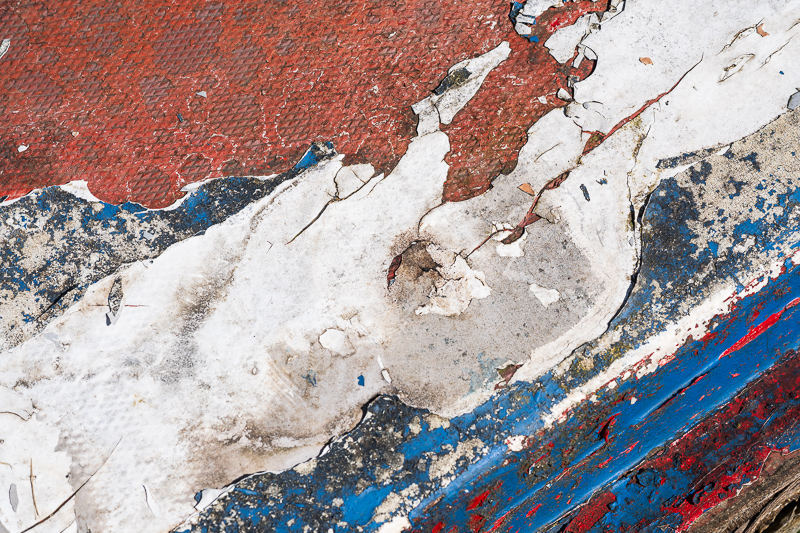
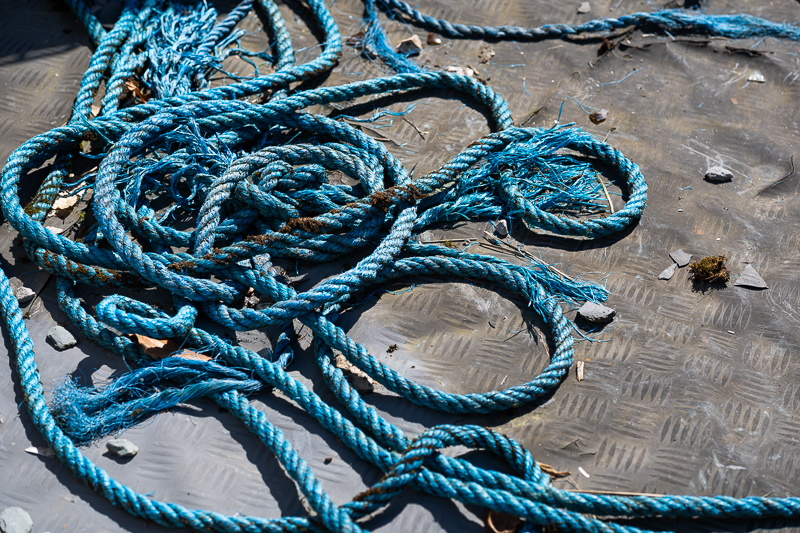
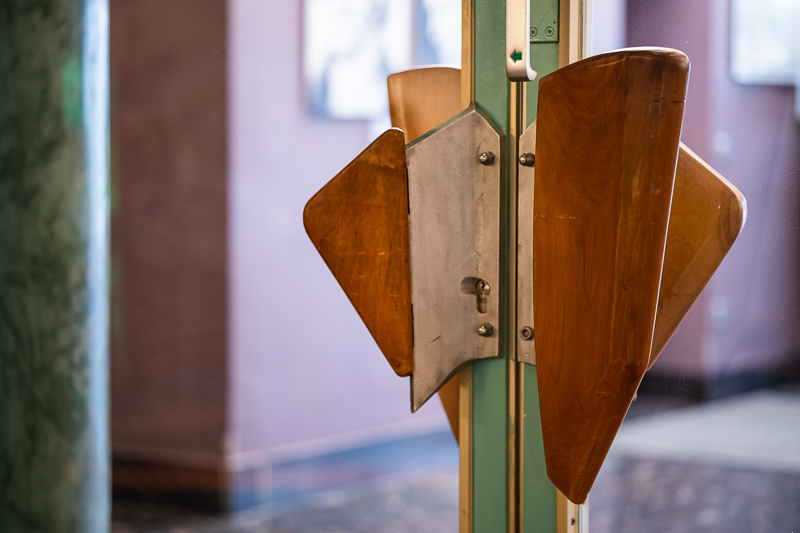
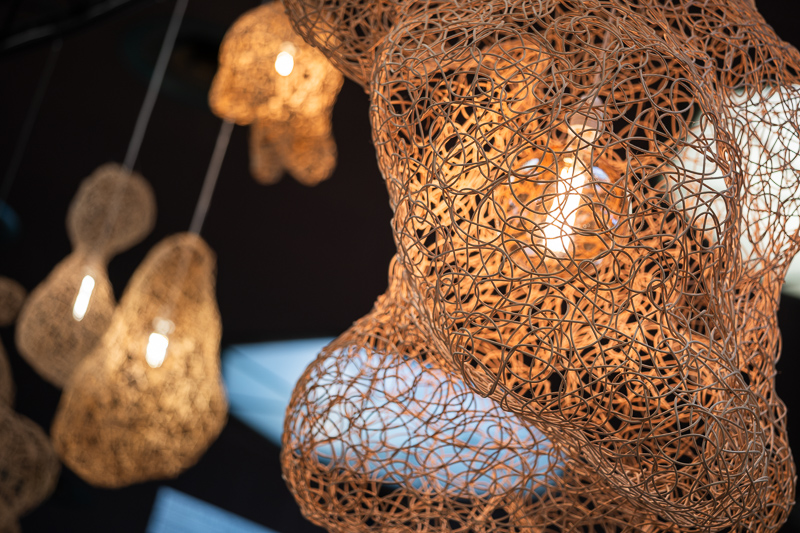

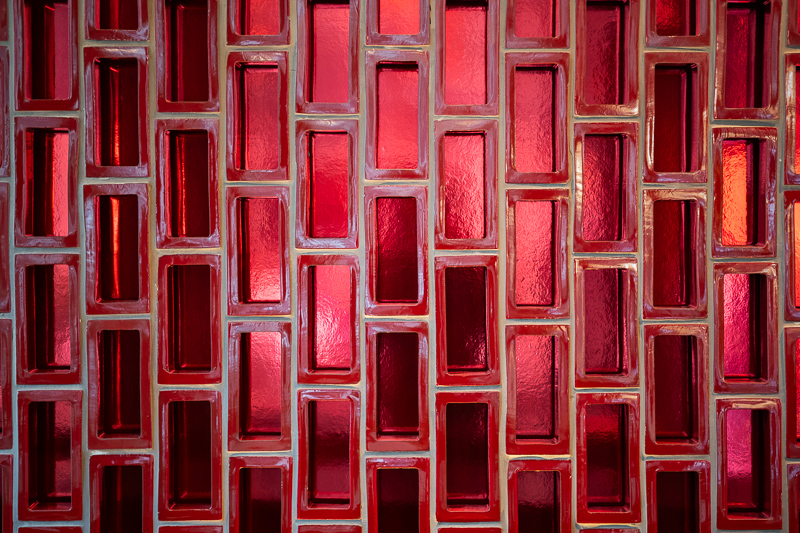
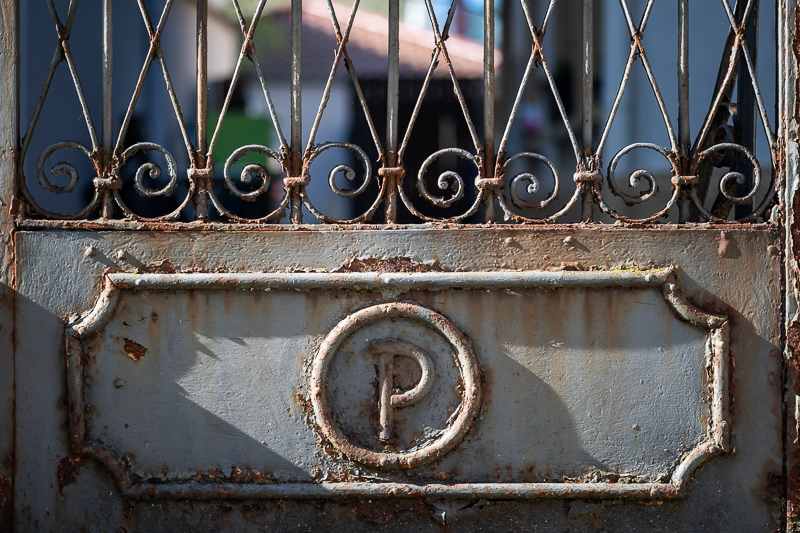
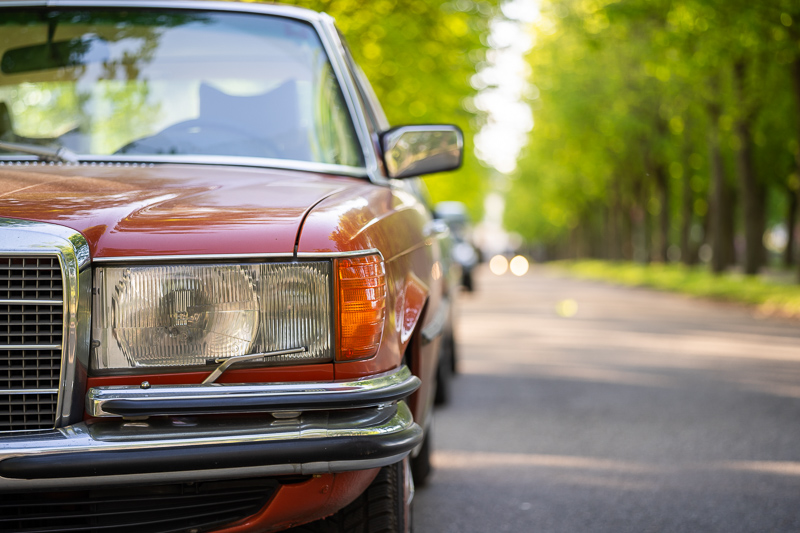

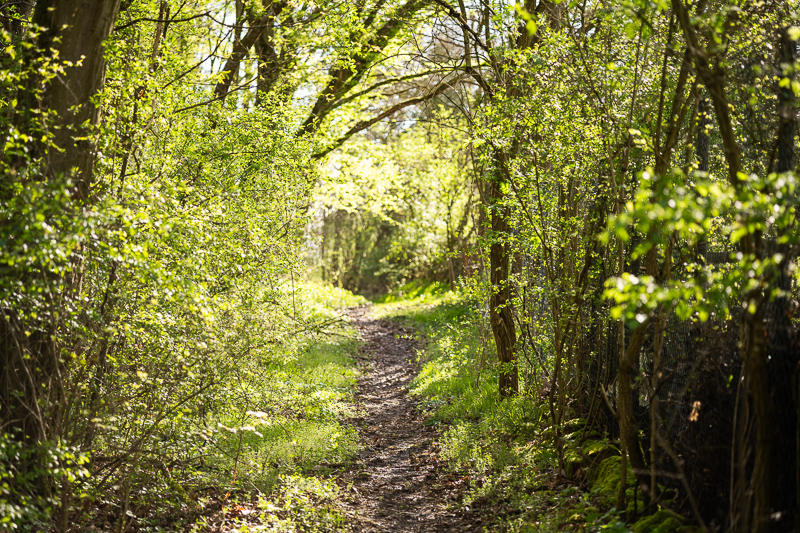
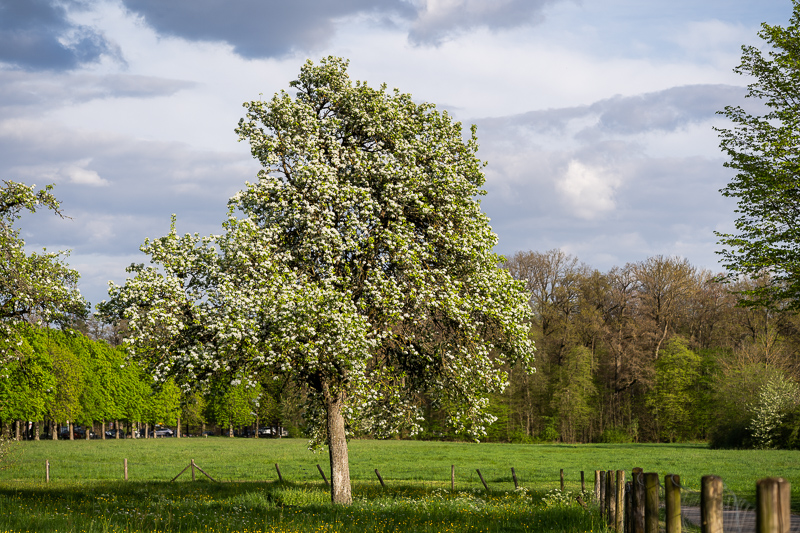
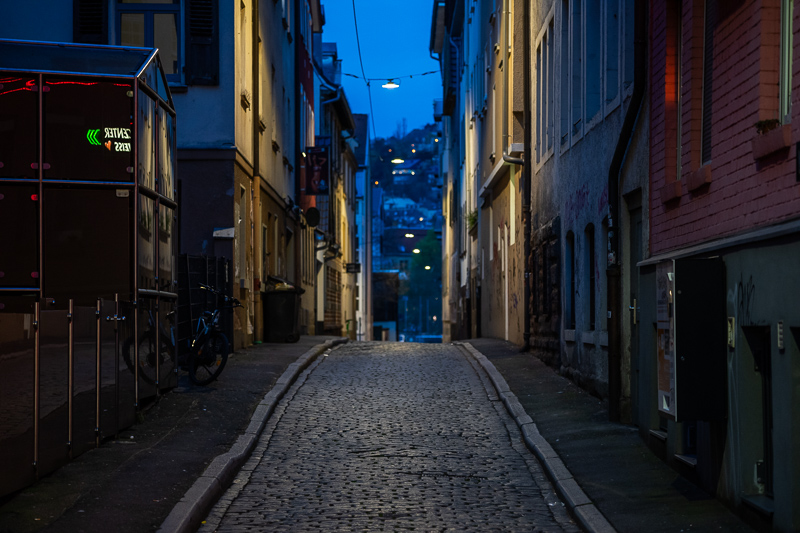
Most of the sample images in this review can be found in full resolution here.
Further Reading
- All Lens Reviews
- Analogue Adventures Landing Page
- Best Fullframe Lenses from China
- Lens Aberrations explained
- Review: Voigtländer VM 40mm 1.4 Nokton MC
Support Us
Did you find this article useful or just liked reading it? Treat us to a coffee!
![]()
![]()
![]() via Paypal
via Paypal
This site contains affiliate links. If you make a purchase using any of the links marked as affiliate links, I may receive a small commission at no additional cost to you. This helps support the creation of future content.
Latest posts by BastianK (see all)
- Review: Zeiss Milvus 25mm 1.4 Distagon - December 13, 2025
- Vivo X200 Ultra – The Death of the compact Camera - December 9, 2025
- The Rated list of the fast Nikon AF-S f/1.4 | f/1.8 | f/2.0 F-mount Primes - December 6, 2025


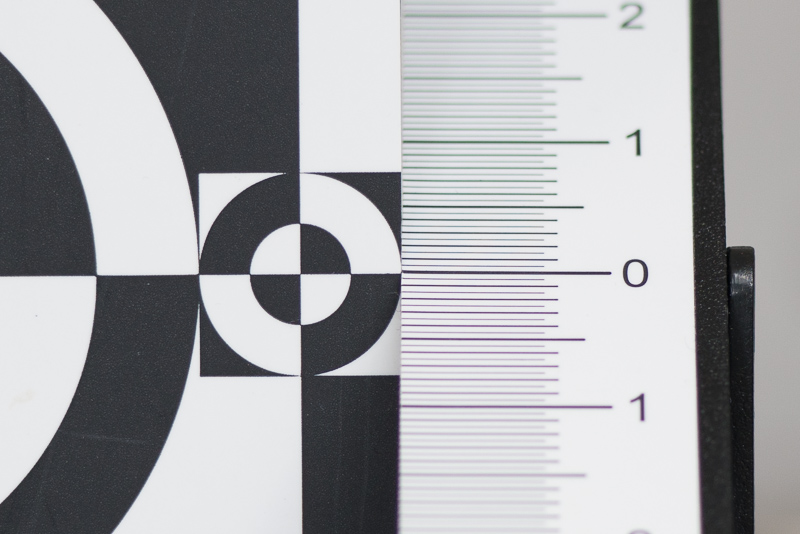
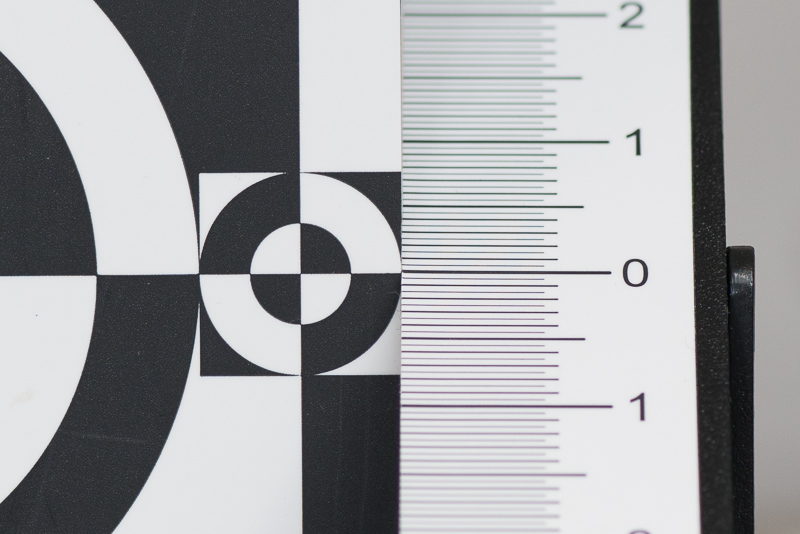
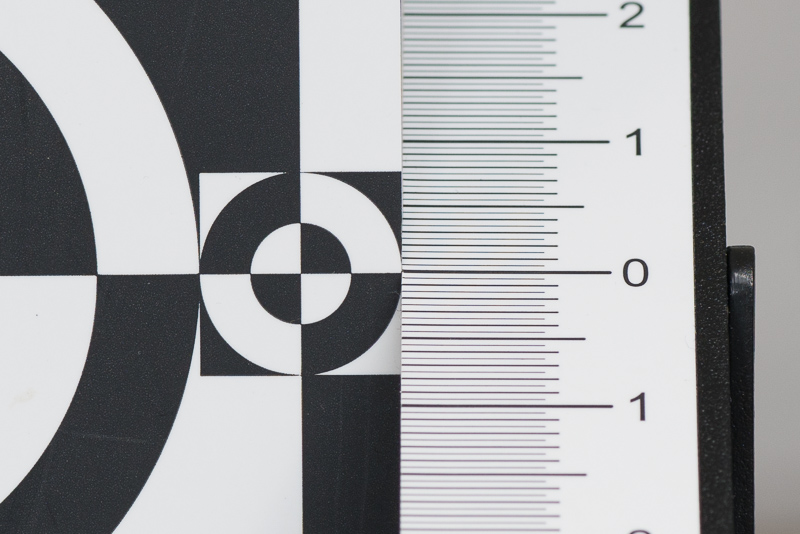
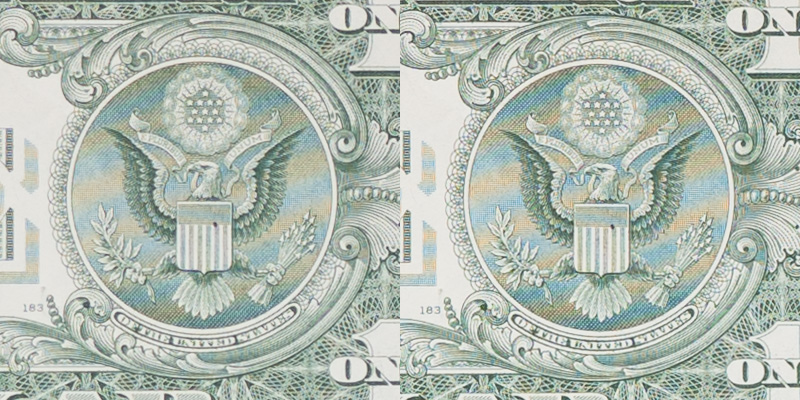
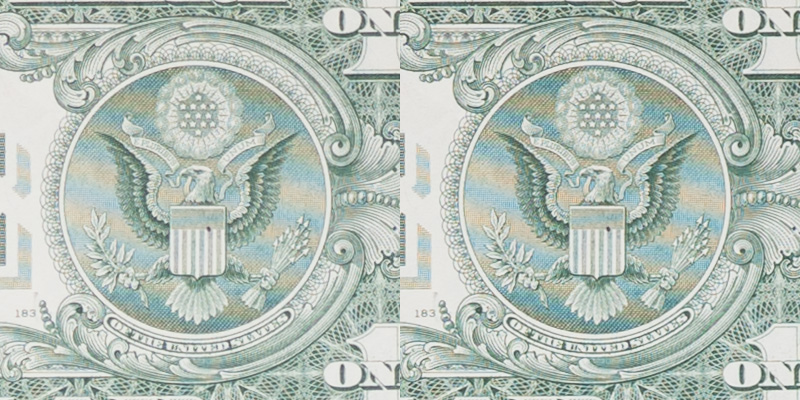
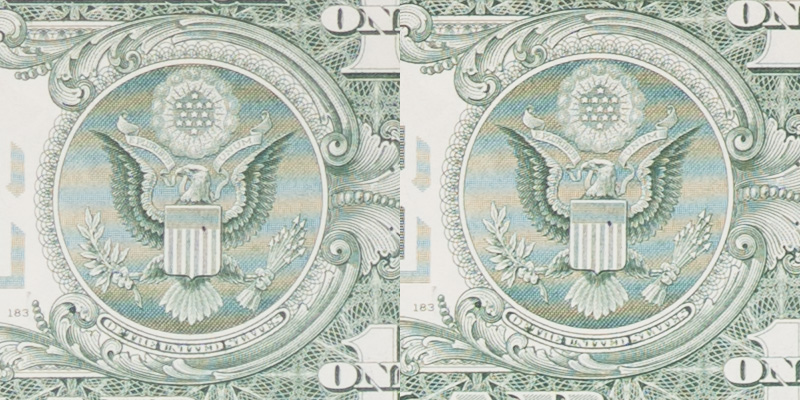
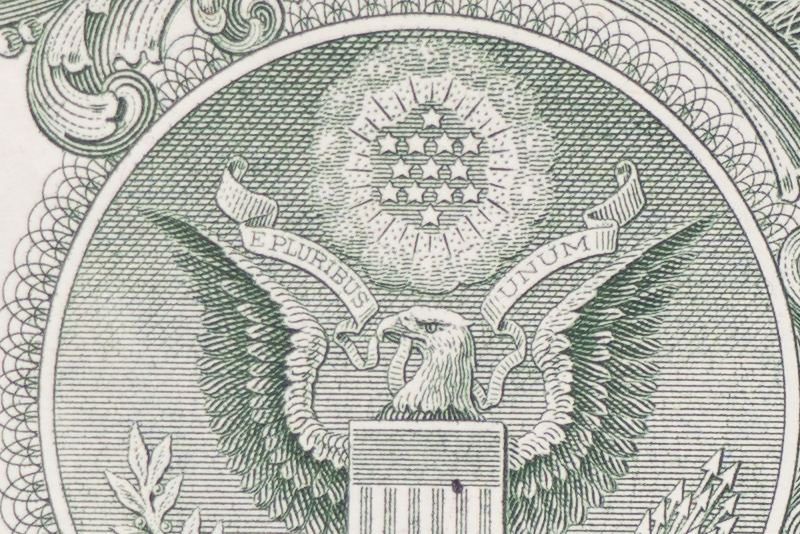
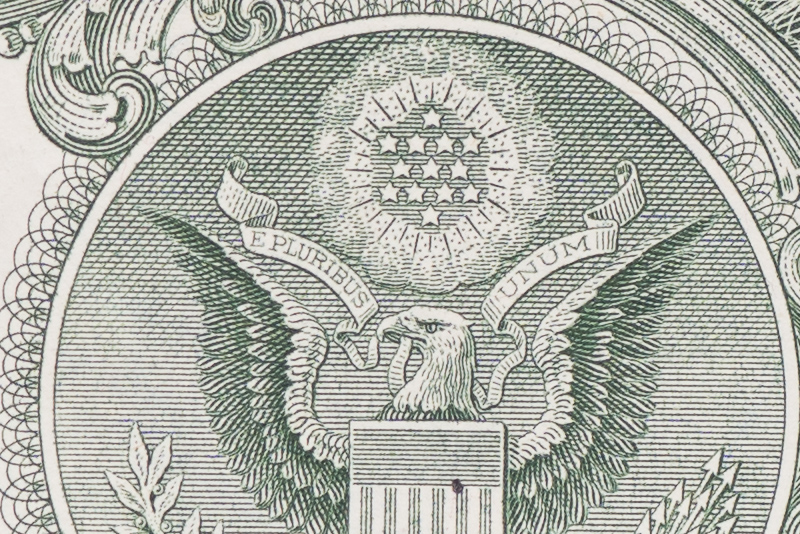
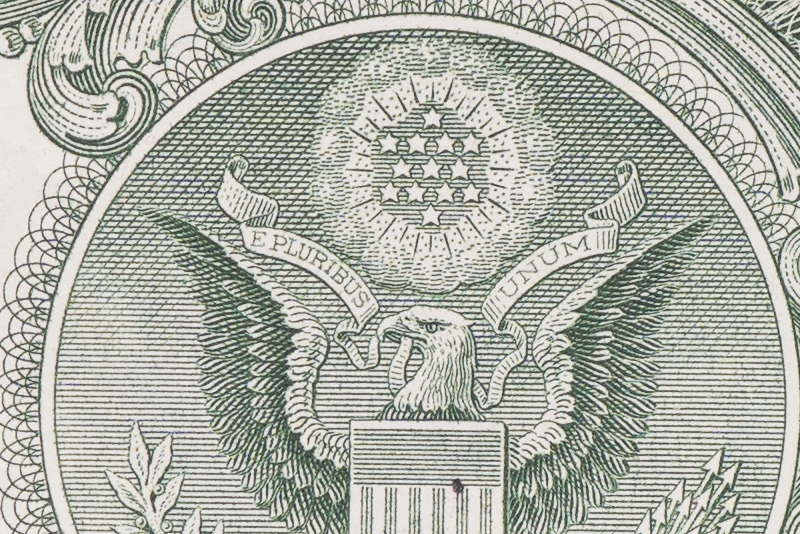
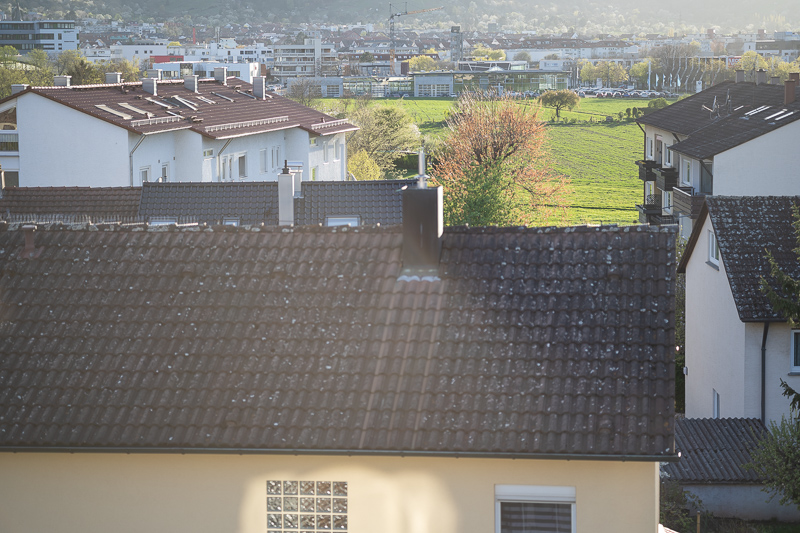


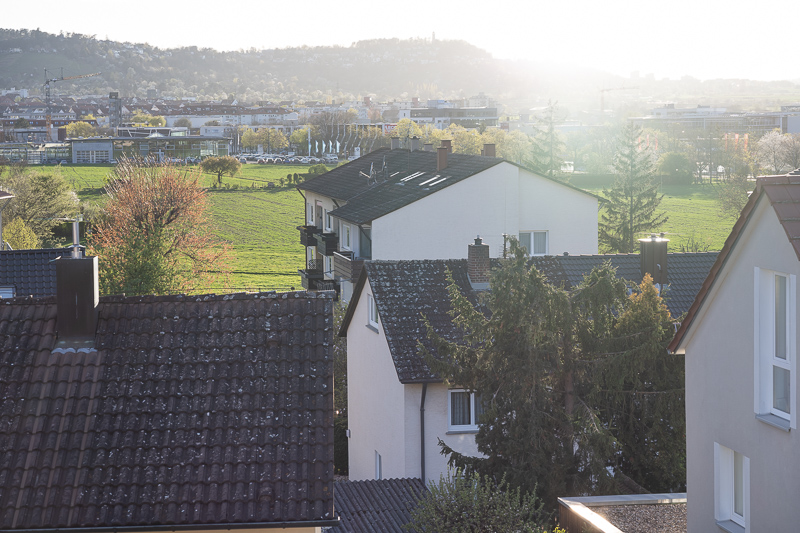
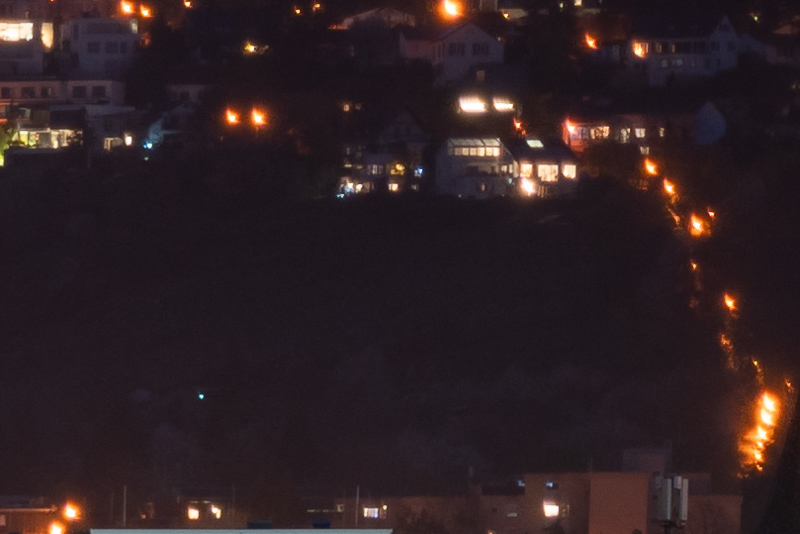
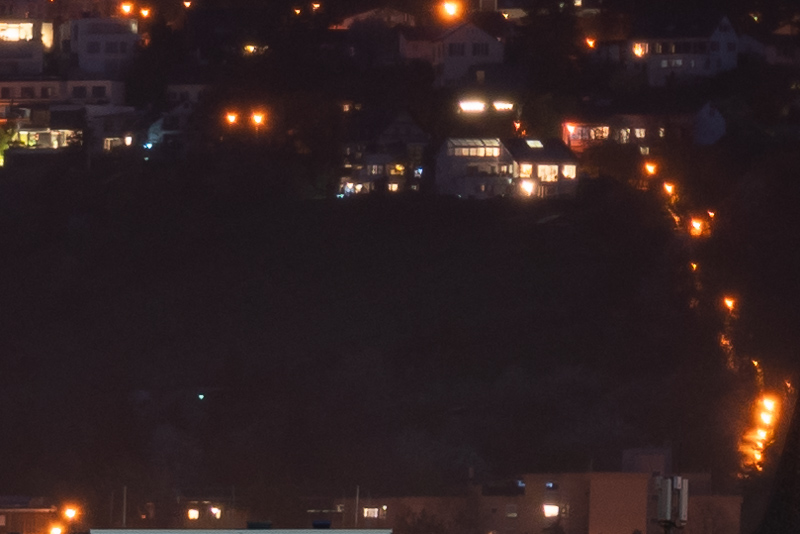
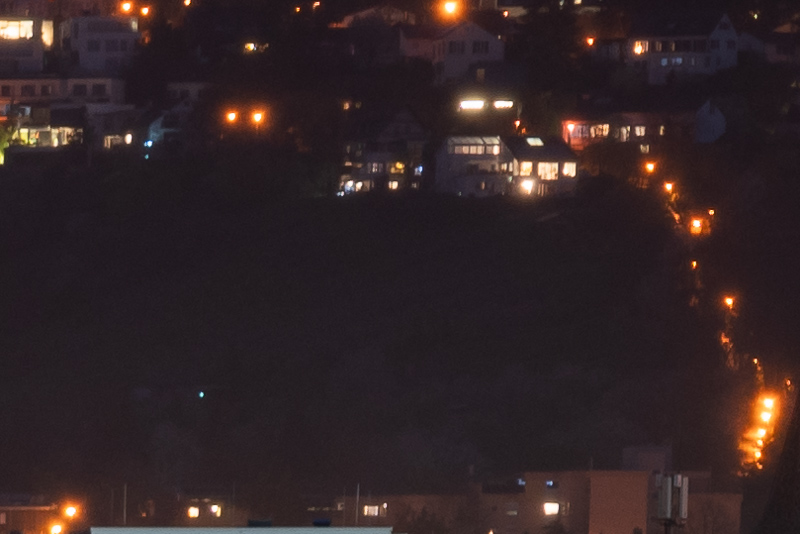
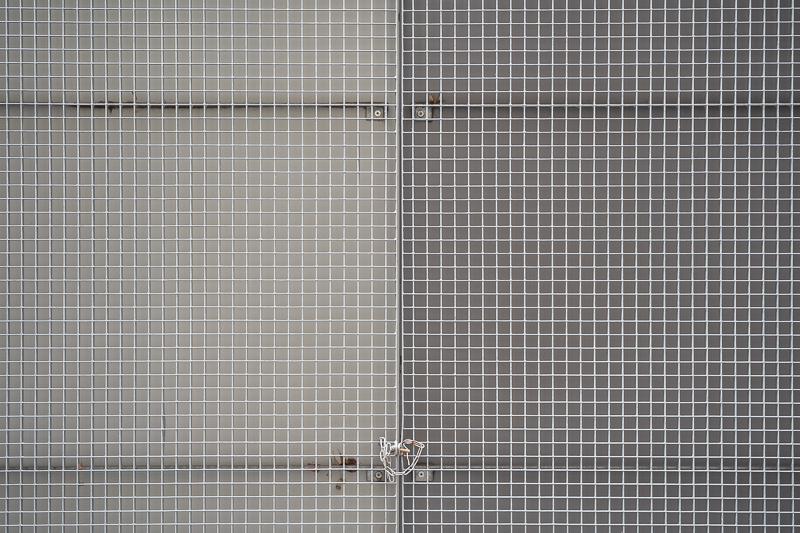
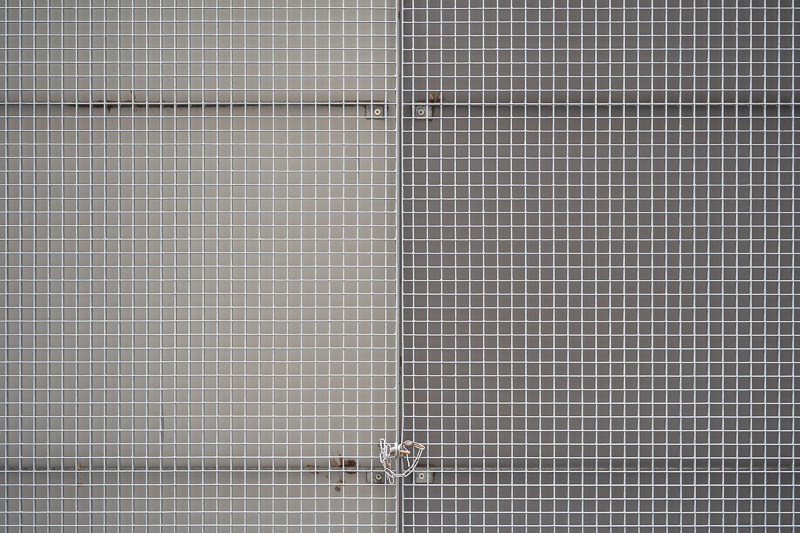

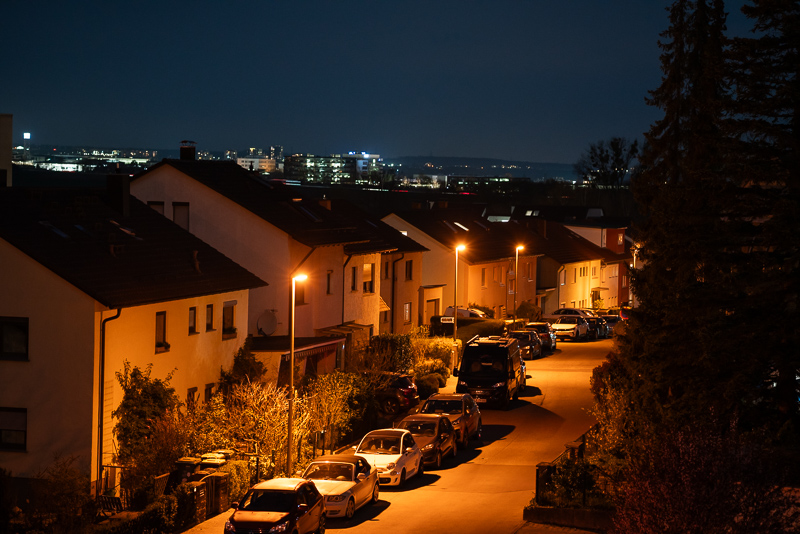
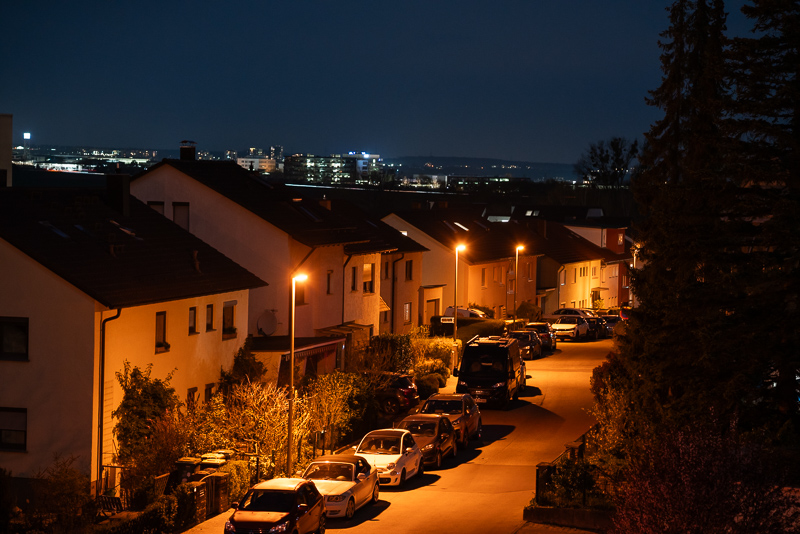
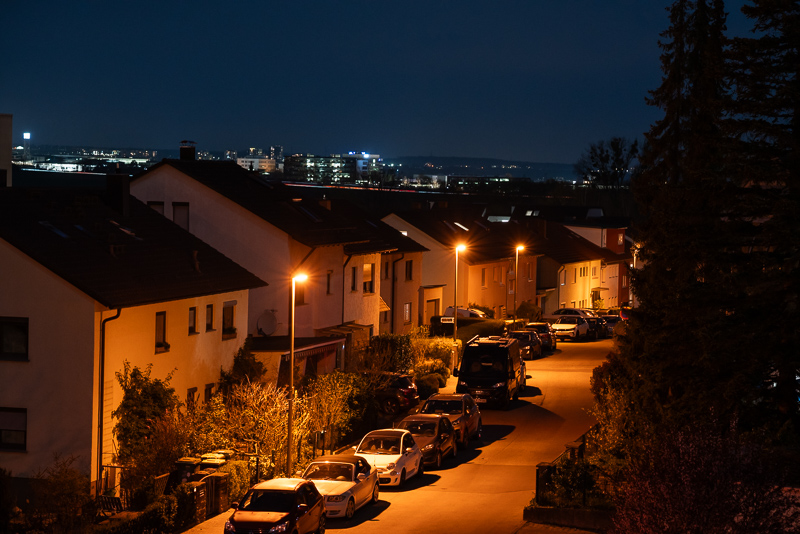
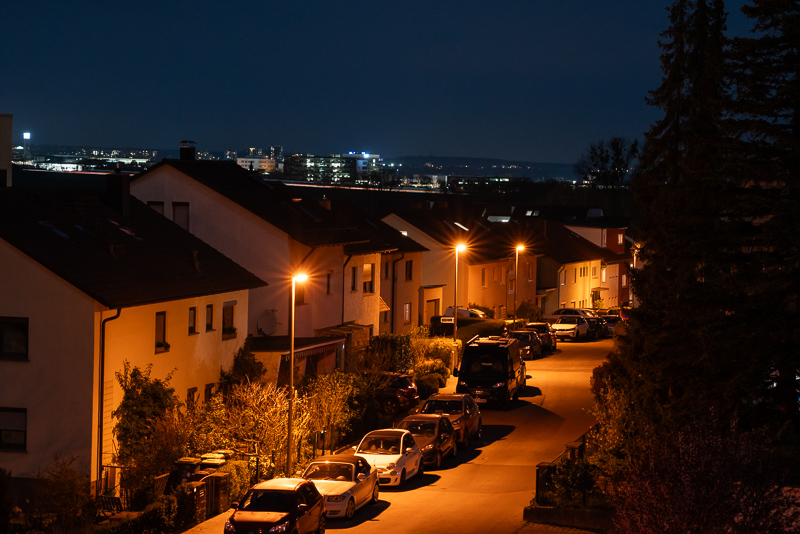
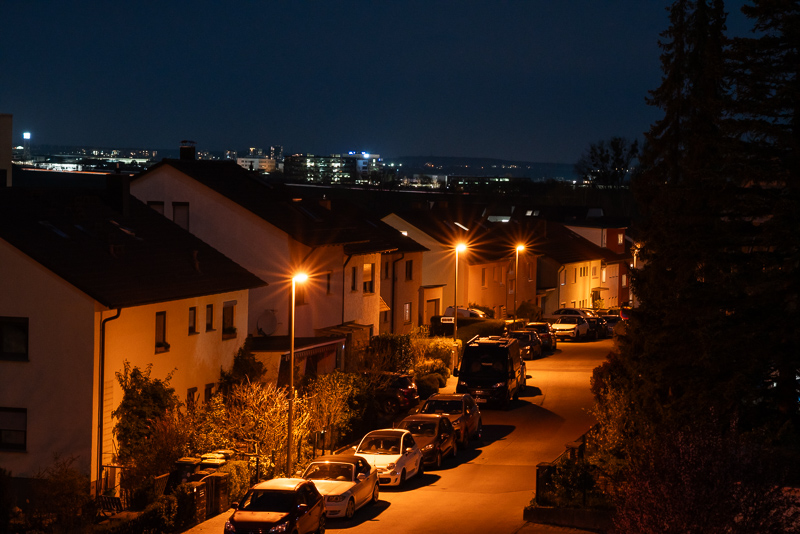
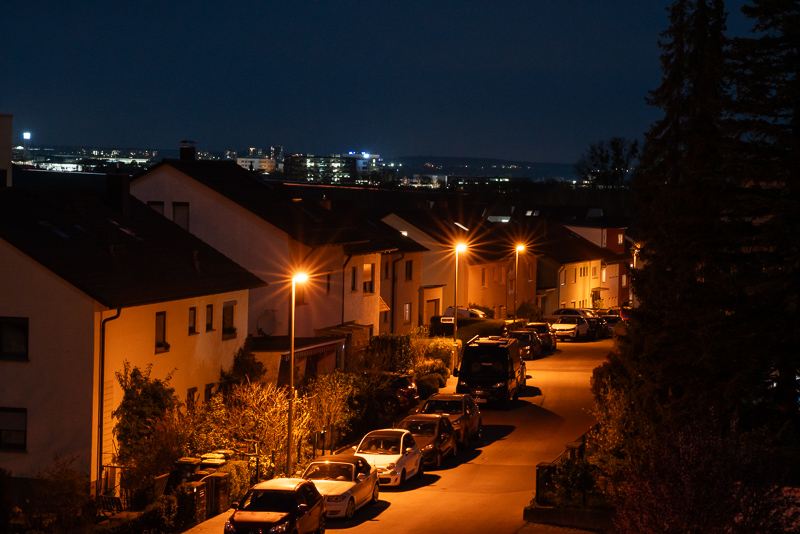
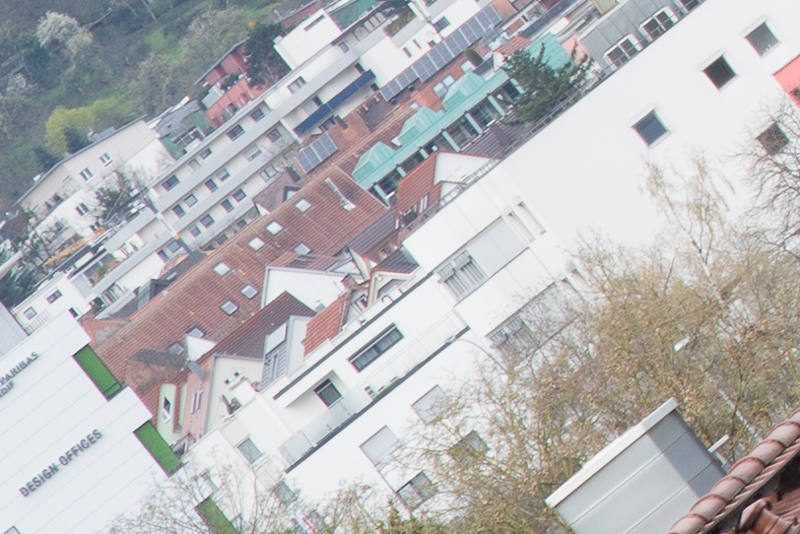
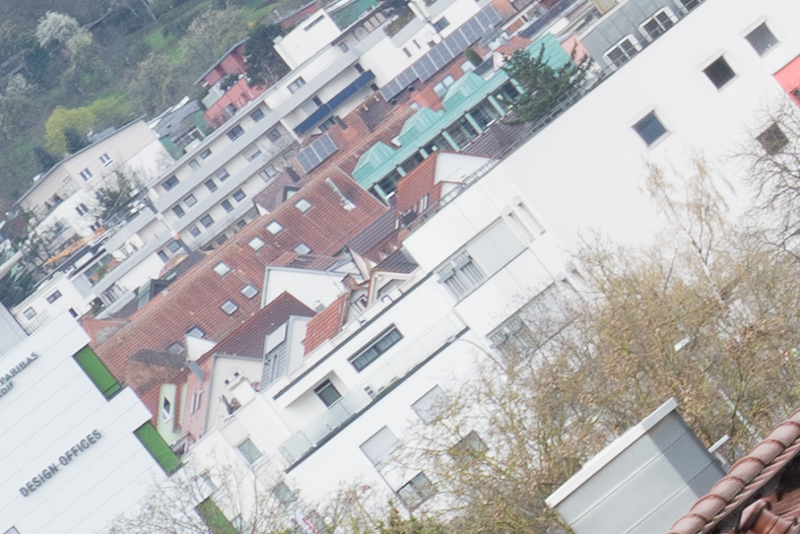
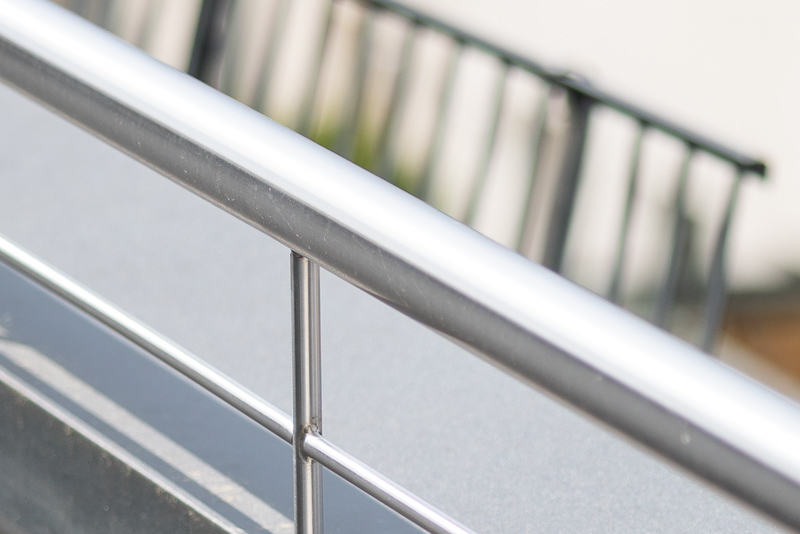
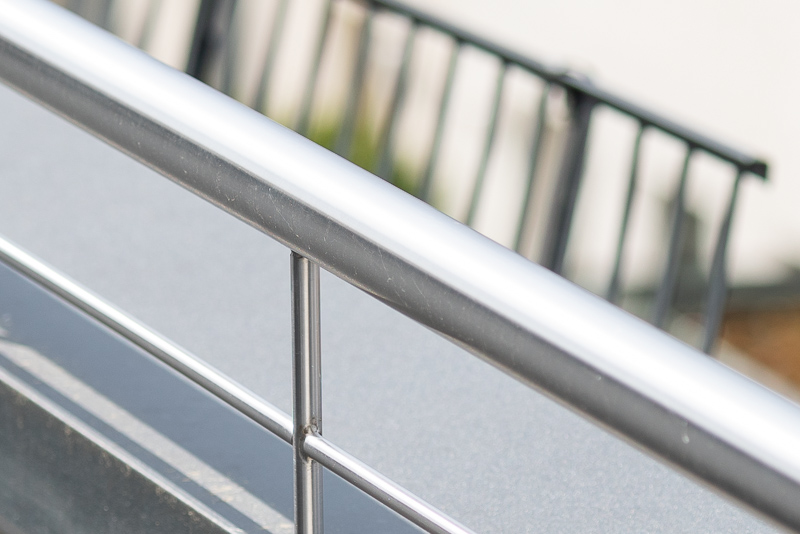
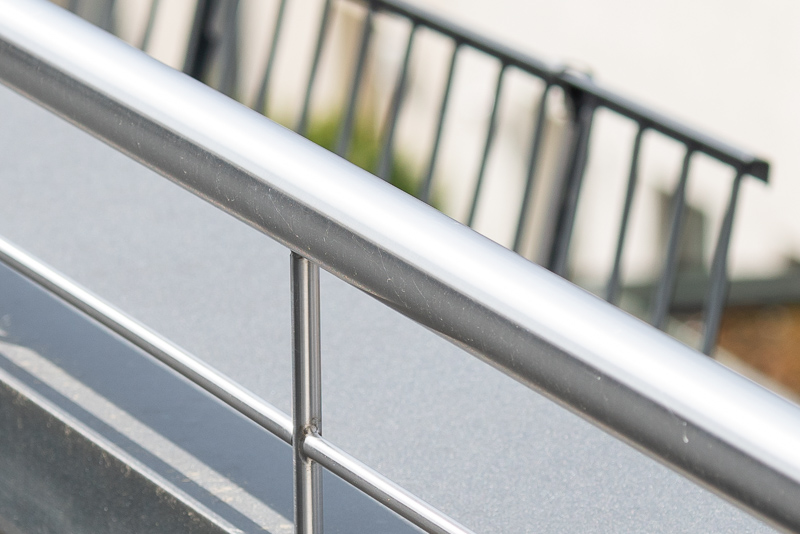
Thanks for the review! Was always curious about this lens. And lol @ the m Mount being so much more expensive just because of the crowd
I can strongly recommend Nikon AI-s >100mm f2.8 lenses. For example, the Nikon 105mm f2.5 is a very inexpensive and solid performer that fits the bill. No very big and captures beautiful images. Though, infinity performance won’t look quite as good unless you stop it down a tad bit (but still usable). Have a look at Bastian’s review of it!
Whoops, intended that to be a reply to @Frank Vigil
Interesting, I really wish we had more modern teles like this (specially >100mm), wonder how this one compares to the Sigma 90/2.8 DN (the only AF equivalent I can even think of)… IIRC that one relies a bit more on corrections and probably fares worse w/CA, AF and closer focusing tho…
Two older compact AF lenses are the Zeiss Contax G 90mm F2.8 Sonnar and the Sony A 85mm F2.8 SAM. These have similar optical designs as the C/Y Zeiss 85mm F2.8 Sonnar. I can say the Sigma is much nicer than the Sony.
Tamron SP 90mm F2.5 and Tokina AT-X 90mm F2.5 Macro lenses already reviewed: https://phillipreeve.net/blog/review-tamron-sp-af-90mm-f2-5/
https://phillipreeve.net/blog/tokina-x-macro-90mm-12-5-review/
The other more compact lens in this range I’ve had was the Minolta MD 85mm F2: https://phillipreeve.net/blog/85mm-comparison-minolta-tokina-canon-samyang/
Danke! I hope that we also get the new Voigtländer 90/2,0 Apo as Nikon AI S version!
That would be a great lens. Let’s hope for that. On Sony, It would probably be smaller than the current lens + an adapter too, but I cannot imagine it would come cheap either
The Olympus Zuiko 90mm f2 Macro, seems to be nice as well 😉
Many thanks for the review of this very compact and capable Apo lens. I was wondering how it compares to the Loxia 85mm if adapted to E-mount. With adapter it would still be a more compact and lighter option.
The Loxia has stronger optical vignetting but performs a bit better in the corners at f/2.4 than this Voigtländer lens at f/2.8.
The problem of the Loxia is that it is simply too heavy.
Nice review. Like the idea of a compact 90 like this. However, I already have too many lenses in this range — Vivitar Series 1 90 f2.5 and Zuiko 90 f2.0, as well as a Sony GM 85 f1.4 mkii. The first two (MF) are exceptionally sharp when using a Novoflex adapter (tuned per this website). The Sony is just about optically perfect. Actually ordered a K&F shimmer diffusion (gold mist) filter to tame some of this lens’ sharpness down a touch.
Wow! I’ve just bought this lens new (and 40mm sl2s) from Japan and saw that this review is a few weeks old. This 90mm is so small, that’s its unbelievable. The character is like no other. I mainly shooting with Milvus, but size and weight are started to bother me, especially when I get 2/135 to my trip and shot a few times on this beast. This 90mm is twice smaller and lighter. Guess I need to get 28mm too!
I’ve got not complaints about this lens. I like it’s color rendering as well. I shoot a Nikor 20mm F2.8, the Voigt 28mm F2.8, the Voigt 40mm F2 and the Voigt 90mm F2.8 . Those 4 lenses are all I need to satisfy the photo editors I shoot for. Hats off to you Cosina!!!!!!!